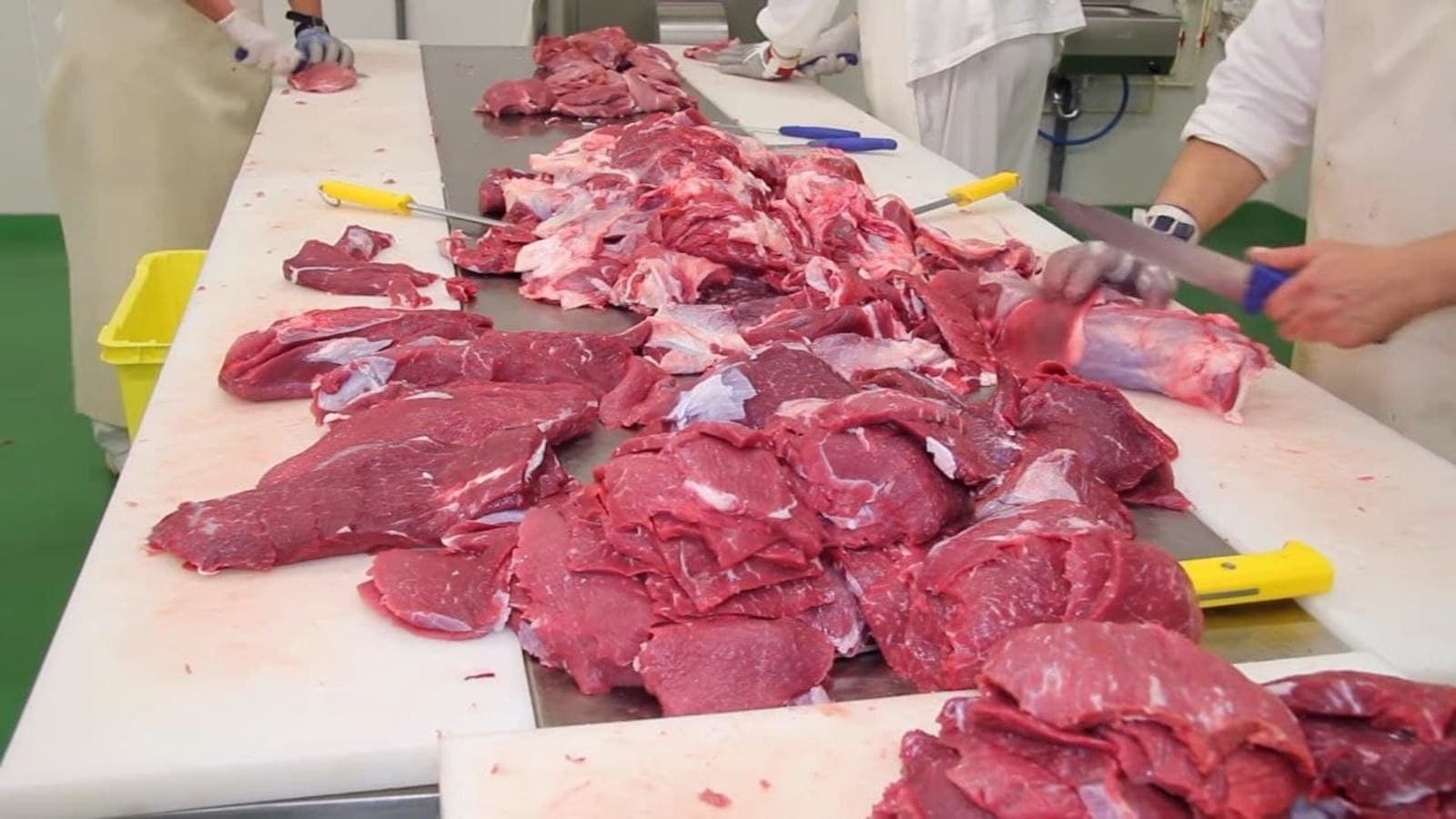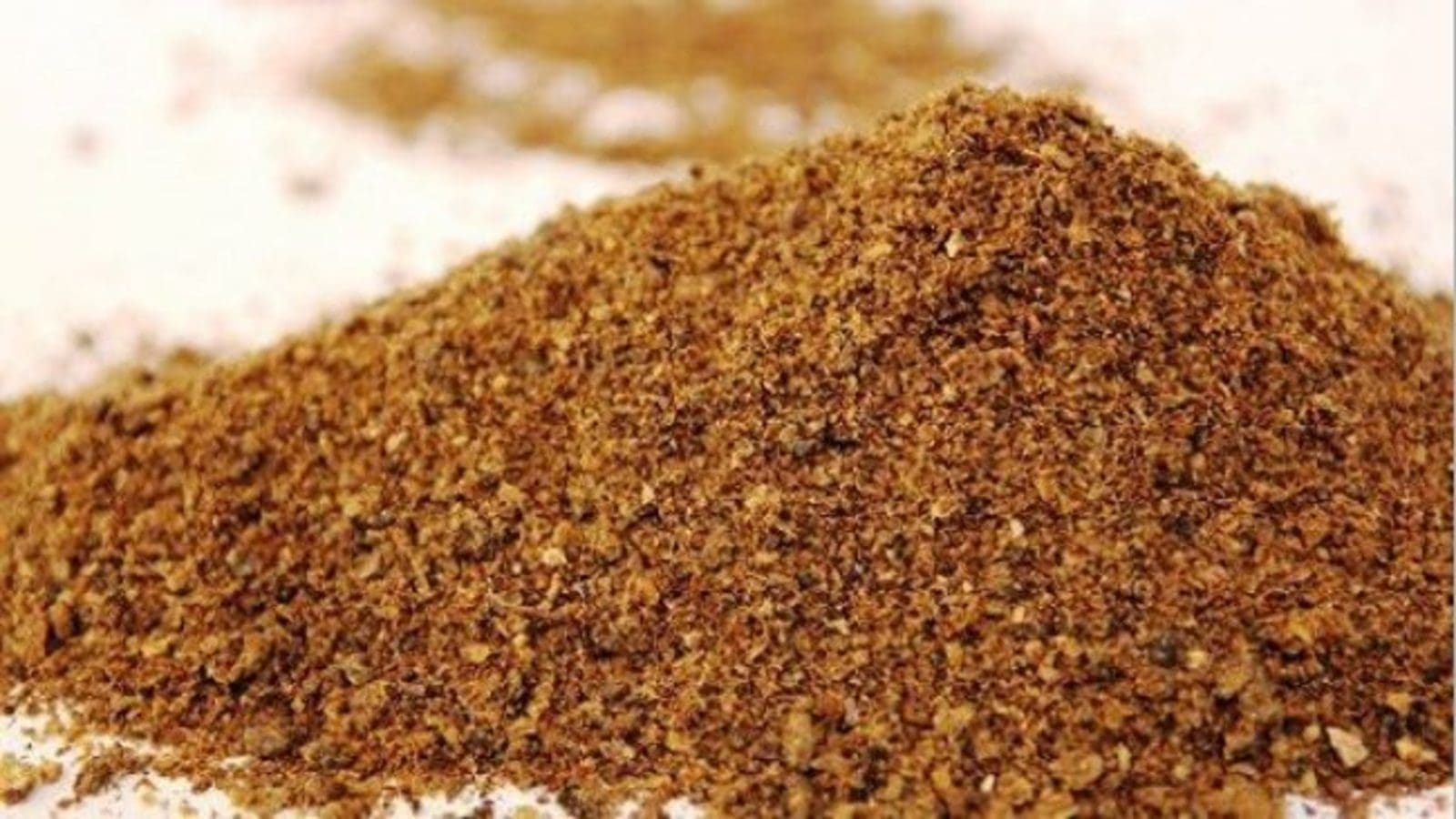CHINA— US pet food is bound to expand in China due to a combination of favorable import regulation updates and pet food market trends in the country
All imported pet food must have both the facility registration by China’s General Administration of Customs (GACC) and the feed product registration by China’s Ministry of Agriculture and Rural Affairs (MARA).
Currently, there are 78 U.S. facilities registered with GACC whereas the United States’ main pet food competitor, Canada, has only 9 facilities approved on the GACC list.
MARA, in 2018 issued a notice to streamline all pet food related regulations for domestic production and importation.
As a result, all pet food imported through cross-border e-commerce (CBEC) must provide MARA feed registration.
Of the 635 SKUs of imported pet foods approved by MARA in 2021 to receive new or renewed feed registration, 117 of these were for US pet foods.
Recent releases on February and March, MARA registered 44 SKUs of US origin pet foods, continuing as the leader.
Additionally, some ports/GACCs are banning dry pet food containing poultry from countries with active outbreaks of avian influenza.
A recent notice by Animal and Plant Health Inspection Service (APHIS)/U.S. Department of Agriculture further illustrated the US industry’s strong interest in expanding product offerings to China.
The notice mandated that, for pet foods certified with the new protocol, poultry ingredients must be heat-treated or sourced from States other than those with active outbreaks.
From 2021 to 2025 Euromonitor predicts the CAGR for China’s pet food market will reach 19.5 percent, supporting an expansion from $8.23 billion to $16.77 billion. A number of market trends are driving this optimism.
For one, China’s per capita GDP exceeds $10,000 and is growing, this gives customers the purchasing power for imported pet foods.
Also, young people are marrying later in life, instead, opting to get a pet. The older generation too are a key pet demographic and currently, over 18 percent of the population (260 million) are over 60 years old.
The demands for pet medical, beauty care, boarding, training, and photography are also growing and this may influence pet food purchases.
Additionally, After the COVID-19 pandemic began, pet owners sought out online sales platforms to purchase pet food; many imported products use this channel. China’s pet food market also has a preference for foreign pet food brands.
This is particularly so, for cat foods, with 40 percent of cat owners reportedly only feed foreign brands to meet protein requirements and ensure quality ingredients and nutrition
Pet food imports from the United States about doubled in volume from 2019-2020 and According to China Customs data, China imported 17,595 metric tons (MT) of U.S. pet food worth $114 million in 2021.
Currently, the United States accounts for 20 percent of Chinese imported pet food market share and is only poised to expand.
Liked this article? Subscribe to Food Business Africa News, our regular email newsletters with the latest news insights from Africa and the World’s food and agro industry. SUBSCRIBE HERE










